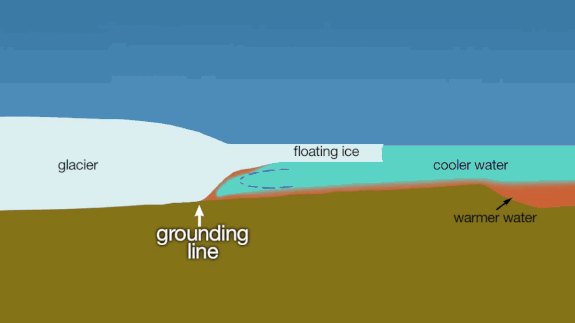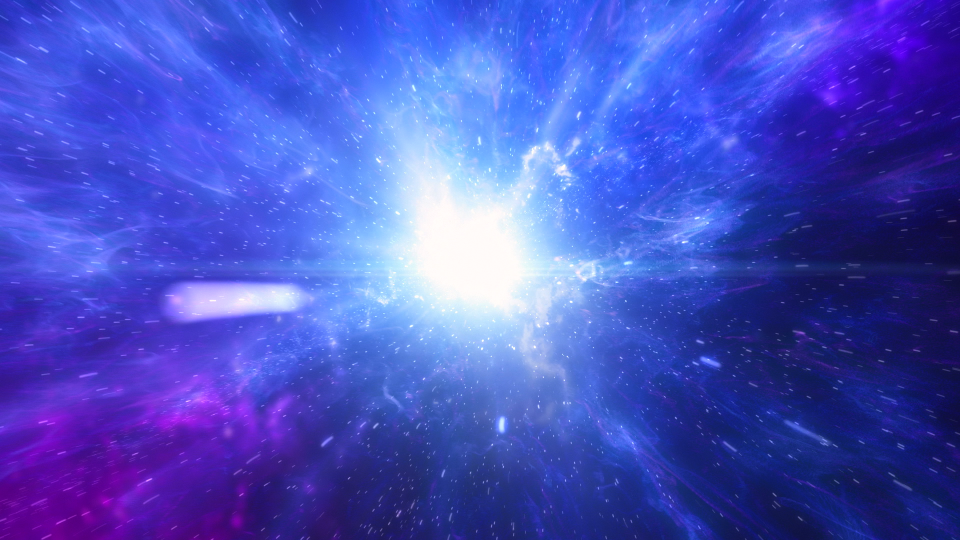Giant Antarctic iceberg snaps into the ocean after forming ominous crack

Crack.
After a nearly 20-mile rift formed across Antarctica's retreating Pine Island glacier in late September, about 115 square miles of ice — an area more than five times the size of Manhattan — has now broken off into the sea.
The single largest chunk of ice is four times the size of Manhattan.
This iceberg calving event reinforces a continuing story of the melting and retreat of Antarctic glaciers, particularly due to relatively warm oceans eating away at the ice from below.
#sentinel1 shows the rapid evolution from a rift across Pine Island Glacier in September to the calving of ~300km² of icebergs end of October, where the largest iceberg (226km²) will be named B-46 by NIC @CopernicusEU 1/2 pic.twitter.com/kQ7QyE6I7h
— Stef Lhermitte (@StefLhermitte) October 30, 2018
"This retreat and weakening is almost entirely driven by a thinning driven by ocean melting at the bottom," Stef Lhermitte, a geoscientist specializing in remote sensing at the Netherlands' Delft University of Technology, said over email.
This latest calving — while significant — was the sixth-largest event of its kind from the Pine Island Glacier since 2001.
Ice shelves — which are the ends of massive Antarctic glaciers that float over the ocean — regularly break into the sea.
But today, with ice thinning from below, the ice is breaking into the sea faster than can be naturally replenished.

Image: giphy
"At the beginning of the 2000’s it was about every 6 years, but the frequency of calving has increased since 2013," said Lhermitte.
"The resulting icebergs also disintegrate more rapidly as already happened with yesterday's iceberg."
These ice shelves matter, a lot.
SEE ALSO: This scientist keeps winning money from people who bet against climate change
Specifically, they act as plugs, often pinning to the seafloor and holding back Antarctica's formidable ice sheets from flowing unimpeded into the ocean.
With more ice retreat, like this latest instance, the ice shelf loses more footing and becomes increasingly vulnerable to collapse.
In short, the plug may disintegrate in the ocean which could eventually unleash yards — not feet — of sea level rise.
In early 2000 large PIG calving events happened every ~5 yrs (2001, 2007, 2011), but since 2013 there were 4 of them (2013, 2015, 2017, 2018). Consequently, the glacier front retreated strongly from the 1972-2013 range and it is now ~5km further inland than in 2015-2017 2/2 pic.twitter.com/8O7gPyQAmh
— Stef Lhermitte (@StefLhermitte) October 30, 2018
Such major collapses are relatively new and largely unprecedented in human history, so it's unknown how quickly this might happen — perhaps this century, or soon after.
"We really don’t know for sure how fast they’re going to collapse," NASA oceanographer Josh Willis said in September.
WATCH: Ever wonder how the universe might end?


